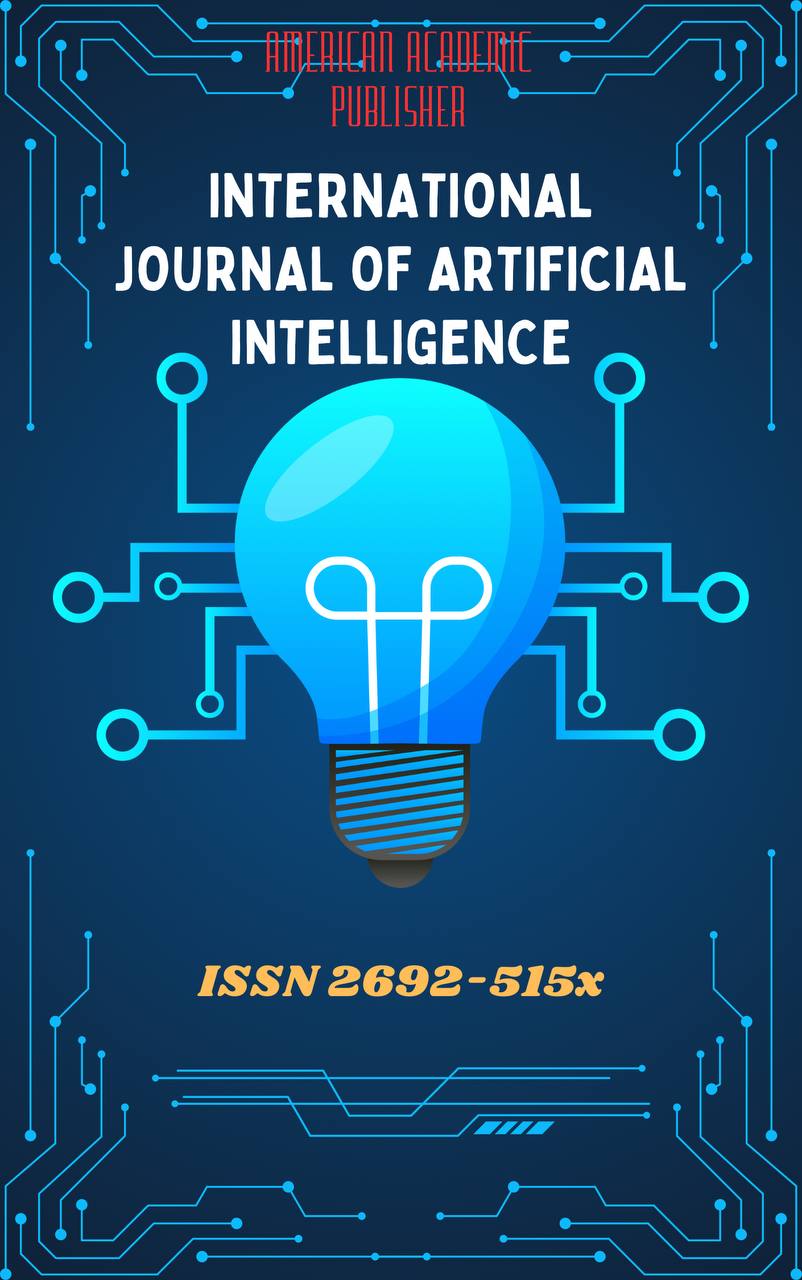 Articles
| Open Access |
Articles
| Open Access | SCHOOL MANAGEMENT IN UZBEKISTAN: FUNCTIONS, STRUCTURE, AND COMPARATIVE PERSPECTIVES ON EDUCATIONAL LEADERSHIP
Ma’mura Tadjibayeva , Researcher of the National Institute of Pedagogical Mastery named after A. AvloniyAbstract
The article examines the structure, functions, and development of school management in Uzbekistan’s general secondary education system. Based on qualitative document analysis and comparative education methods, it reviews reforms from 1997–2023, focusing on management functions (planning, organizing, leadership/motivation, and control), governance structures, and the role of digitalization. Comparative insights from Finland, Estonia, South Korea, and Singapore highlight lessons for enhancing school autonomy, accountability, and leadership training. The findings indicate that Uzbekistan is gradually moving from a centralized model toward data-driven management and limited autonomy.
Keywords
school management, Uzbekistan, leadership, autonomy, education reform, EMIS, comparative education.
References
Cuban, L. (1988). The Managerial Imperative and the Practice of Leadership in Schools. Albany: SUNY Press.
Dimmock, C. (1999). Leadership, management and administration: conceptual distinctions and relations. Educational Administration Quarterly, 35(1), 44–63.
OECD. (2016). OECD Reviews of School Resources: Estonia 2016. Paris: OECD Publishing.
Sahlberg, P. (2011). Finnish Lessons: What can the world learn from educational change in Finland? New York: Teachers College Press.
World Bank. (2020). Uzbekistan Education Sector Analysis. Washington, DC: World Bank.
Asia Society. (2012). South Korean Education Reforms. Global Cities Education Network Report.
Ministry of Preschool and School Education of Uzbekistan. (2023). Press release: Uzbekistan – A Healthy and Educated Society.
Presidential Decree of the Republic of Uzbekistan PF-4947 (2017). On the Strategy of Actions for Development of Uzbekistan.
Presidential Decree of the Republic of Uzbekistan PF-5313 (2018). On improving general, secondary specialized, and vocational education.
Article Statistics
Downloads
Copyright License

This work is licensed under a Creative Commons Attribution 4.0 International License.

